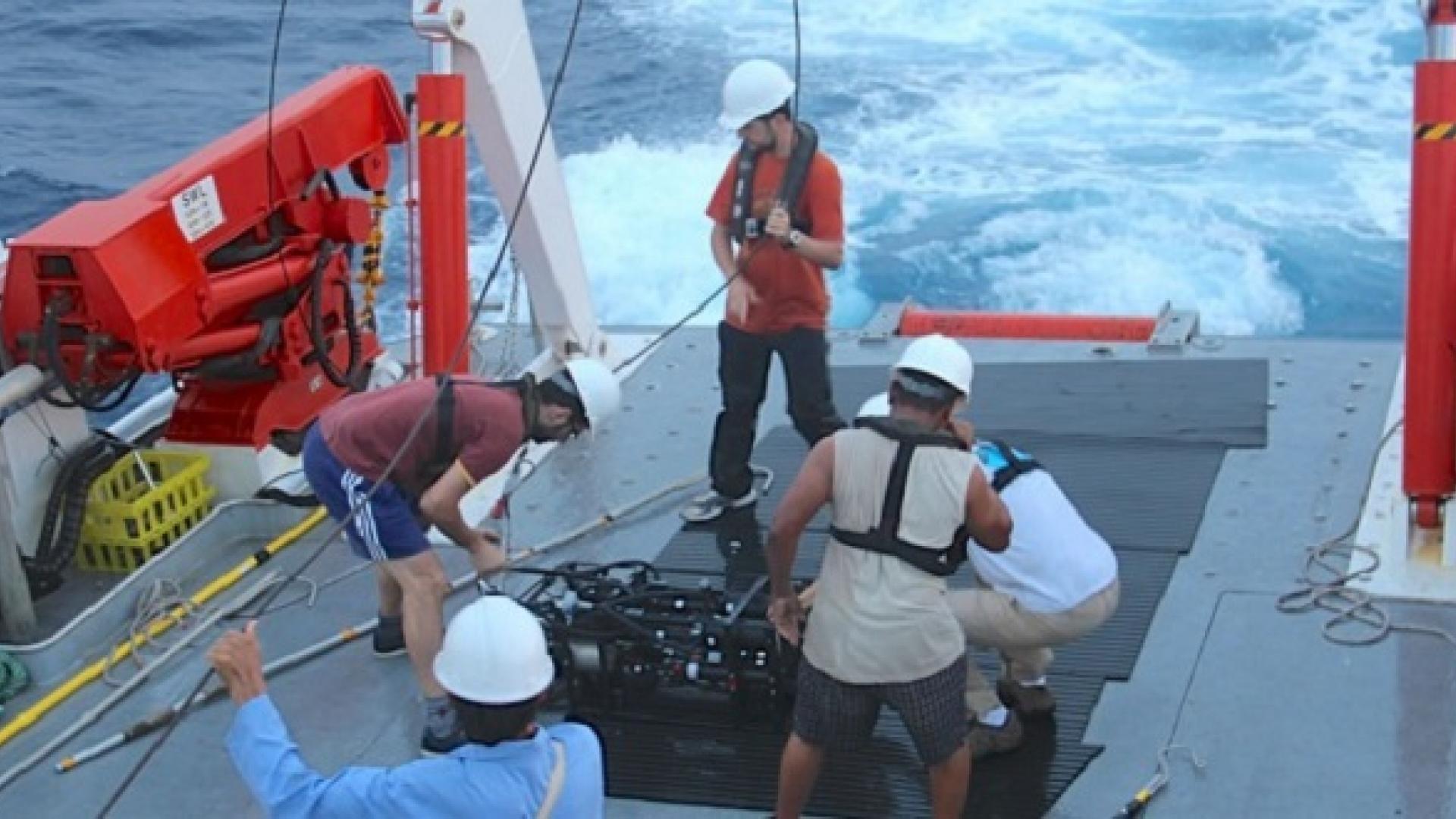© 2016 KAUST
The Marine Environmental Research Center established jointly by KAUST and Saudi Aramco is the first oceanic observatory capable of monitoring the Red Sea.
“Marine research in the Red Sea in the past has been sporadic and often limited to easy-to-reach areas—rather like poking toothpicks into a cake to see if it is cooked,” explained Burton Jones, director of the center and KAUST professor of marine science. “Until the formation of KAUST, no one had carried out systematic, long-term research into the Red Sea’s marine and coastal environments. Now we have an oceanic observatory that will establish the baseline physical and biological aspects of this unique environment.”
Established in 2013, the strategic partnership enables close collaboration between the researchers at the center and at the KAUST Red Sea Research Center (RSRC) and with scientists from Saudi Aramco. They combine data from research conducted close to KAUST with data collected further afield in more remote parts of the Red Sea.
Jones and his team have various projects underway that involve state-of-the-art technology and marine monitoring systems. The projects come under two main strands of research: oceanographic monitoring and ecological assessment.
The oceanographic research considers the physical variables of the region and monitors ocean currents, the atmosphere and changes in the environment. A key aim is to create models of the Red Sea to understand the processes and influences that affect the ocean and its surroundings.
Led by Ibrahim Hoteit, associate professor of earth science and engineering from the University’s Physical Science and Engineering Division, the research focuses on the long-term monitoring and modelling of oceanic and atmospheric circulation. Knowledge of circulation patterns can prove invaluable in the event of an oil spill, for example.
“To make viable predictions, we need to draw on knowledge of how the Red Sea behaves as a whole,” noted Jones. “We are developing an overview—a year in the life of the Red Sea, if you will—that will enable us to build better prediction models to examine the impact of catastrophic events and the effects of long-term climate change.”
Read the full article


